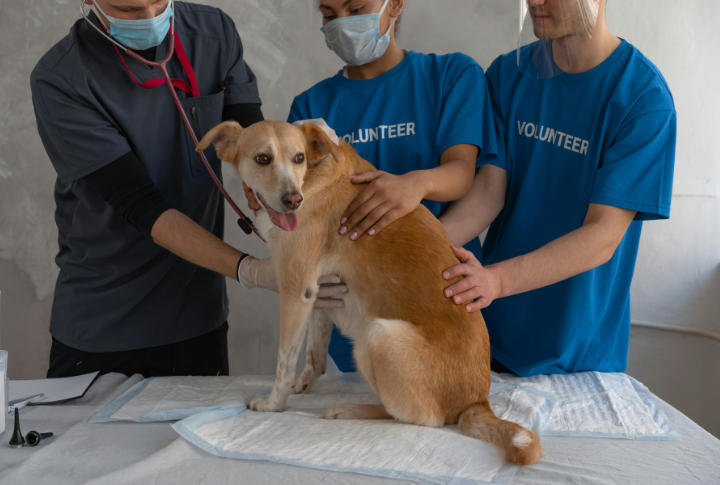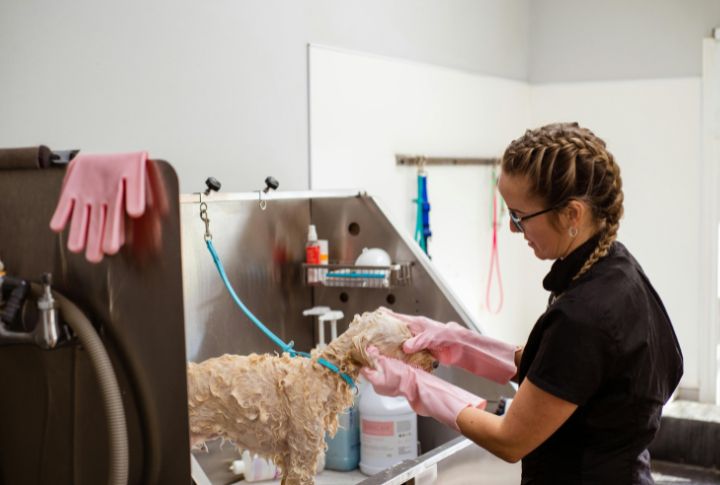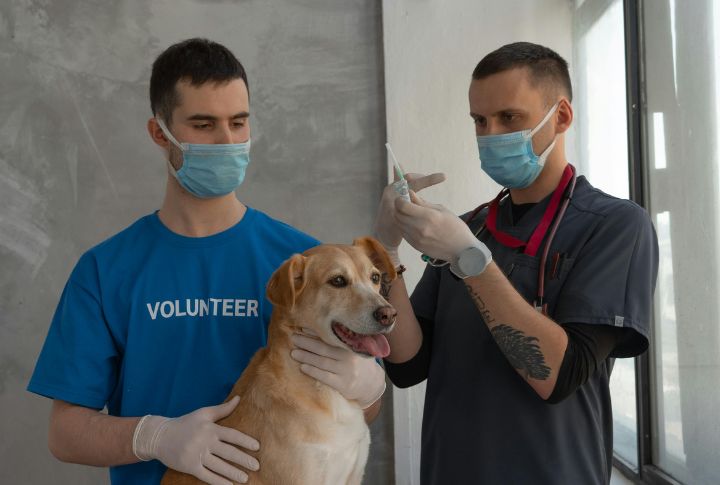15 Tips For Handling Seasonal Allergies in Dogs

As the seasons change when the year goes by, so do the environmental factors that can affect your dog. Just like humans, dogs suffer from seasonal allergies, leading to discomfort and health issues. Let’s explore 15 essential tips to help you manage and alleviate your dog’s seasonal allergies.
Identifying the Symptoms

Dogs often show signs of allergies through their skin and behavior. Excessive scratching, licking, and biting at their fur are common indicators. You might also notice red, inflamed skin or hair loss in certain areas. Some dogs may develop ear infections or watery eyes. Identifying these pointers is a good start in addressing your dog’s seasonal allergies.
Common Allergens

Pollen, mold, and dust mites are frequent culprits of seasonal allergies in dogs. These allergens become more prevalent during certain times of the year. For instance, spring and fall are peak seasons for pollen, while mold thrives in damp, humid environments. Dust mites have proven to be a problem year-round but may increase with changes in humidity.
Allergy Testing

Consider allergy testing to identify what triggers your dog’s allergies accurately. Your vet can perform blood or intradermal skin tests to pinpoint specific allergens. Pinpointing what your dog is allergic to can help you create a targeted treatment plan. This testing can inform you of any environmental changes needed to reduce allergen exposure.
Prevention

Regular bathing will help remove pollen and other allergens from your dog’s coat. Vacuuming and the use of air purifiers can also reduce allergen levels. Try to walk your dog when pollen counts are lower, such as early mornings or late evenings.
Dietary Considerations

The secret of healthy immunity in dogs is a good diet that helps them combat allergies more effectively. Minerals like omega-3 Fats in fish oil supplements have been found to heal inflammation and improve skin health in dogs. Adding probiotics to their diet can boost their gut health, which improves overall immunity.
Medical Treatments

When preventive measures aren’t enough, medical treatments may be necessary. Antihistamines can relieve itching and inflammation, while corticosteroids are used for more severe cases. Your vet might recommend allergy shots, also known as immunotherapy, to desensitize your dog to specific allergens. In some cases, topical treatments or medicated shampoos may be prescribed.
Environmental Control

Controlling your dog’s environment significantly reduces allergy flare-ups. Consider using hypoallergenic bedding and washing it regularly. Limiting exposure to the outdoors during high pollen season can prevent excessive exposure while using dehumidifiers to reduce mold growth in damp areas in your home.
Grooming Practices

Regular brushing can remove loose fur and allergens in your dog’s coat. Hypoallergenic shampoos and conditioners can soothe the skin and reduce irritation. Trimming long fur, especially around the paws and face, can also prevent allergen buildup.
Regular Vet Check-ups

Routine veterinary visits are vital for managing your dog’s allergies. They can also perform tests to identify specific allergens affecting your dog. Early detection and intervention can prevent minor allergies from becoming major health issues.
Natural Remedies

If you’re eco-conscious, you should explore natural remedies for treating your dog’s allergies. Oatmeal baths can soothe itchy skin and reduce inflammation. Coconut oil applied to the skin can provide relief and promote healing. Herbal supplements like quercetin have anti-inflammatory properties that can help manage symptoms.
Behavioral Changes

Seasonal allergies lead to behavioral changes in dogs. They may become more irritable or lethargic due to discomfort. Some dogs might develop anxiety from constant itching and scratching. It’s essential to address these behavioral issues along with the physical symptoms. A calm, stress-free environment will help your dog cope better with allergies.
The Impact of Stress

Stress worsens allergy symptoms in dogs, making management more challenging. Providing a calm, comfortable environment can help reduce stress-related flare-ups. Consistent routines and positive reinforcement also lower anxiety levels. Engaging in calming activities like gentle petting or massage helps soothe your dog.
Choosing Travel Destinations Wisely

Research the local environment and seasonal pollen counts during holidays to avoid areas with high allergen levels. Coastal regions may have different allergens than inland areas, and certain climates can exacerbate symptoms. In addition, ensure your accommodation is pet-friendly and has a clean, allergen-free environment.
Long-term Management

Managing seasonal allergies is often a long-term commitment. Keep a diary of your dog’s symptoms and any treatments you’ve tried to track what works best. Adapting your approach as needed ensures your dog stays healthy and happy year-round. With the proper care, your dog can enjoy each season without allergies.
Educating Yourself

Read the latest research and talk to your vet for valuable insights. In addition, understanding how treatments work and their side effects helps you make informed decisions. The more you know, the better equipped you are to manage your dog’s allergies.





